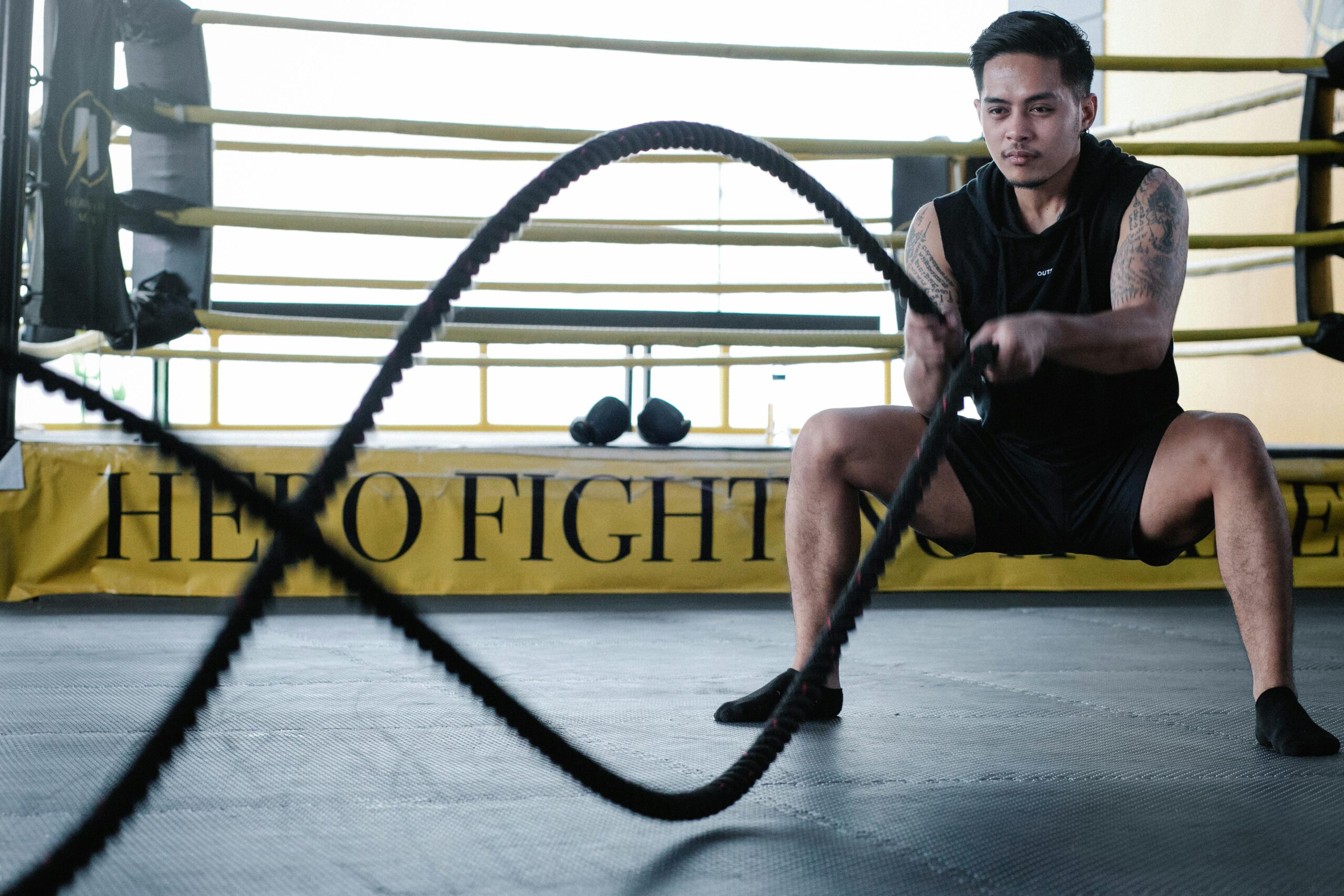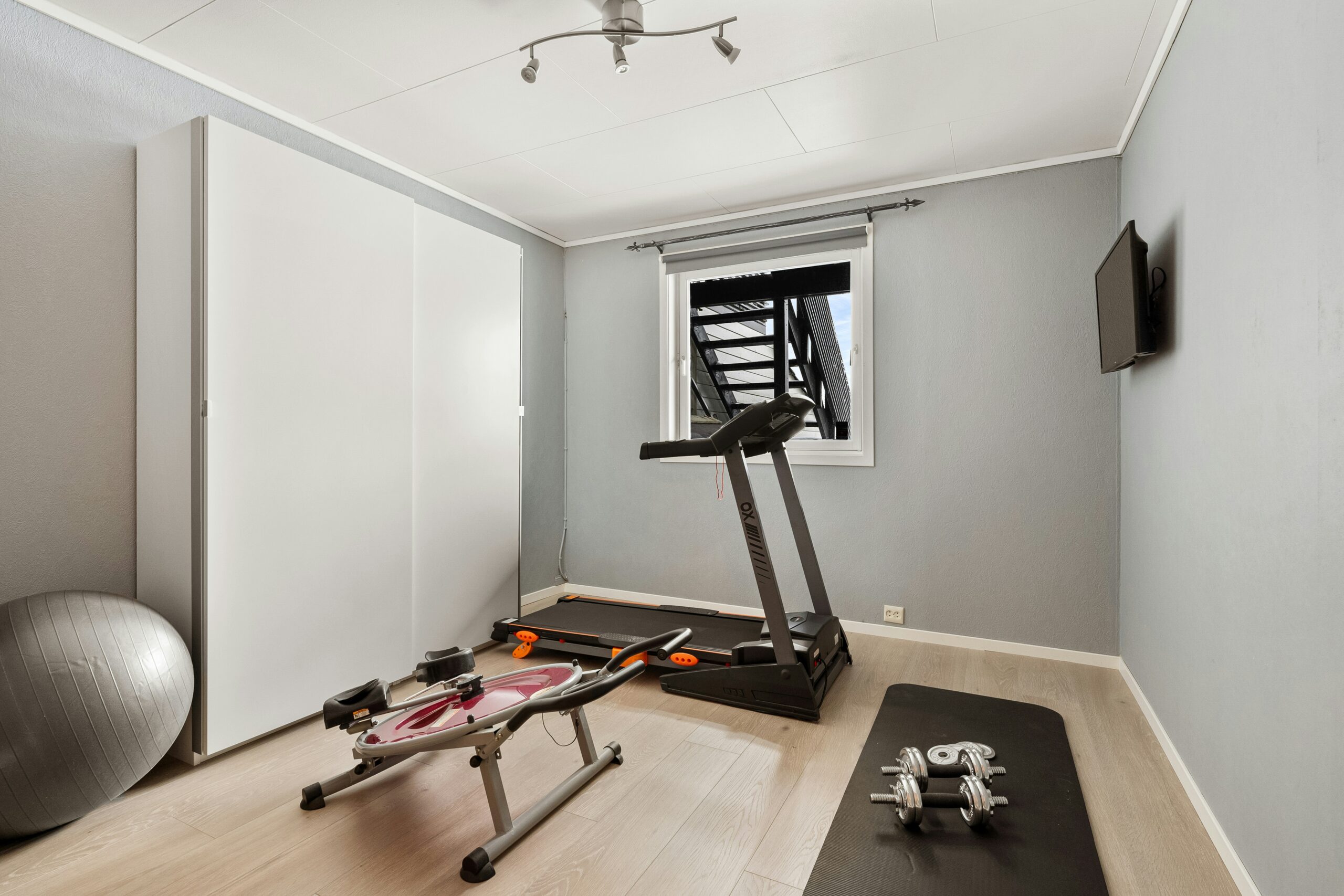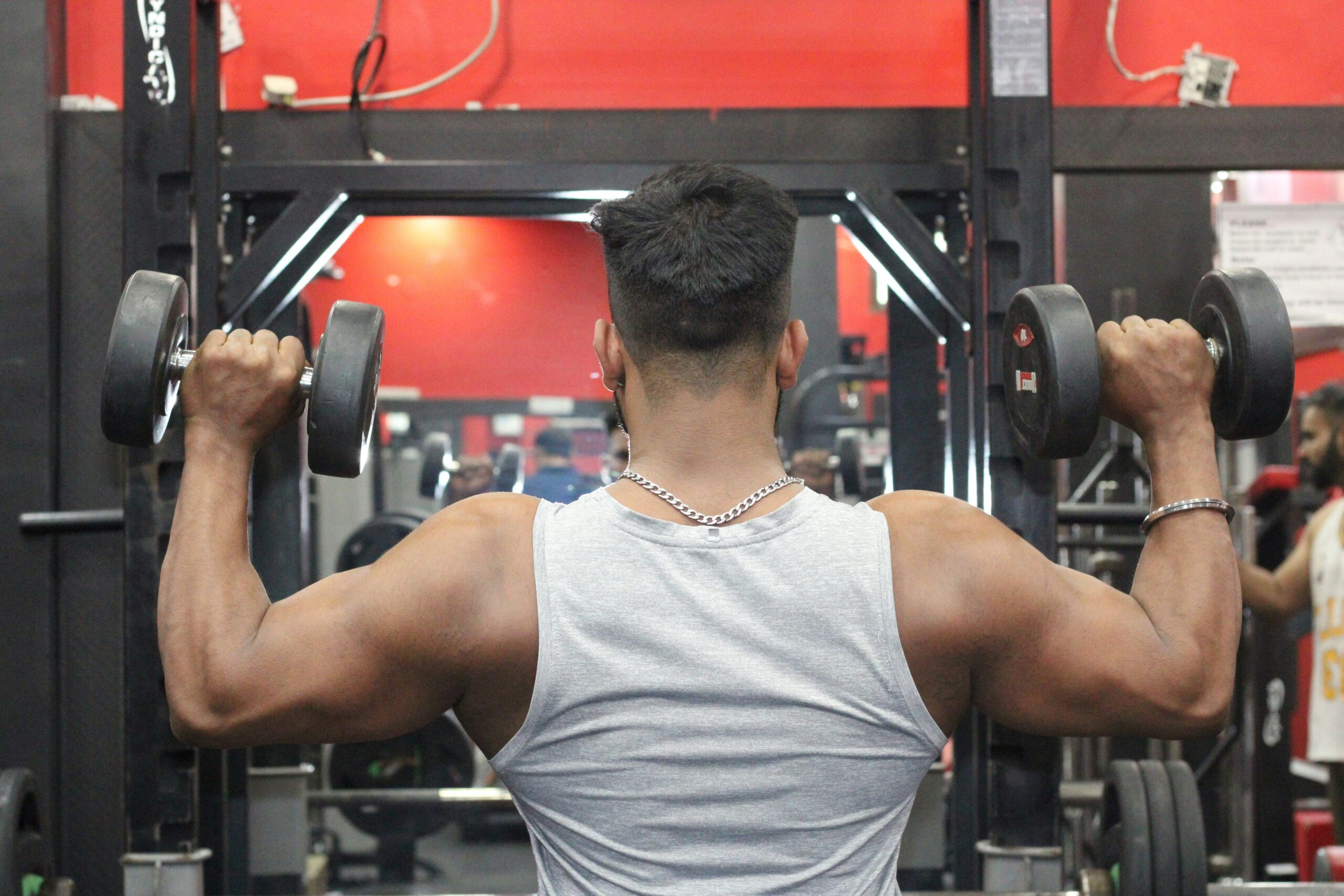
Difficult exercises play a crucial role in fitness. While they might seem intimidating at first, they are designed to push your body beyond its comfort zone. These challenging exercises are not just about building physical strength but also about increasing endurance, improving flexibility, and boosting mental toughness. Whether you’re training for a competition or aiming to improve your overall fitness, incorporating difficult exercises into your routine can lead to impressive results.
However, it’s important to understand the purpose of these tough workouts and how to approach them safely. Challenging exercises are an excellent way to break through fitness plateaus, but they require proper technique and gradual progression. In this article, we will explore the benefits of difficult exercises, provide examples of challenging movements, and offer tips for adding them to your fitness routine.
What Makes an Exercise “Difficult”?
An exercise is considered difficult when it pushes your body to work harder than usual. This could mean performing a movement that requires a high level of strength, balance, coordination, or endurance. Difficult exercises often involve compound movements that target multiple muscle groups at once, such as squats, deadlifts, or pull-ups. These exercises are more challenging because they engage large muscle groups, forcing the body to exert more energy and effort.
Additionally, exercises that require advanced techniques or more complex movements, such as handstand push-ups or Olympic lifts, can be considered difficult. They demand precision and control, and it takes time and practice to master them. Difficult exercises also tend to increase heart rate and improve cardiovascular endurance, making them beneficial for overall fitness.
Benefits of Difficult Exercises
Difficult exercises offer several benefits that contribute to overall health and fitness. These exercises are excellent for building strength, improving mobility, and enhancing cardiovascular health. Here are some of the key advantages:
Building Strength and Power
Many difficult exercises, such as deadlifts or squats, help build strength by engaging multiple muscle groups. These compound movements recruit large muscle groups in the legs, back, and core, which helps increase overall muscle mass and strength. As you challenge your muscles with heavier weights or more complex movements, they adapt and grow stronger over time.
Improving Endurance and Cardiovascular Health
High-intensity, difficult exercises like burpees, mountain climbers, or jump squats raise your heart rate and help improve cardiovascular fitness. These exercises also build stamina and endurance, which are important for overall health and well-being. When you perform these exercises regularly, your body becomes more efficient at using oxygen, improving your ability to sustain physical activity for longer periods.
Enhancing Mental Toughness
Difficult exercises can also help improve mental resilience. As you push yourself through tough workouts, you build the mental strength needed to face challenges both in and outside the gym. This mental toughness is developed through perseverance, focus, and pushing past discomfort, all of which are key components of successful fitness journeys.
Examples of Difficult Exercises to Challenge Your Body
Several exercises are known for their difficulty due to their complexity and intensity. These exercises challenge different areas of fitness and provide significant benefits. Here are a few examples:
Deadlifts
The deadlift is one of the most effective strength-building exercises. It targets the entire posterior chain, including the hamstrings, glutes, and lower back. While it’s an essential exercise for building strength, it can also be challenging due to the heavy load involved and the need for proper form. Improper technique can lead to injury, so it’s important to learn the correct form before attempting this exercise with heavy weights.
Pull-Ups
Pull-ups are a bodyweight exercise that targets the back, shoulders, and arms. They can be difficult because they require significant upper-body strength to pull your body weight up to the bar. If you’re new to pull-ups, you can start with assisted pull-up machines or resistance bands to help build strength before progressing to unassisted pull-ups.
Handstand Push-Ups
Handstand push-ups are an advanced exercise that targets the shoulders, triceps, and core. They are difficult because they require a combination of strength, balance, and coordination. Mastering this exercise involves first building the strength to perform regular push-ups and then working on your balance and control while in the handstand position.
Burpees
Burpees are a full-body exercise that combines a squat, push-up, and jump. This exercise is known for its intensity and can quickly elevate your heart rate. Burpees are often used in high-intensity interval training (HIIT) to improve endurance and cardiovascular health. While they’re challenging, they are also highly effective for building strength, burning calories, and improving overall fitness.

How to Safely Incorporate Difficult Exercises into Your Routine
Incorporating difficult exercises into your workout routine can lead to impressive results, but it’s important to approach these exercises with care to avoid injury. Here are some tips for safely including challenging exercises in your routine:
Start Slow and Progress Gradually
If you’re new to difficult exercises, start with easier variations or lighter weights and gradually increase the intensity over time. For example, if you’re working on pull-ups, begin with assisted versions until you build the necessary strength to perform unassisted pull-ups. Slowly increasing the difficulty allows your body to adapt and reduces the risk of injury.
Focus on Proper Form
Proper form is crucial for avoiding injuries, especially with difficult exercises. Take the time to learn the correct technique for each exercise, and if necessary, work with a fitness professional to ensure you’re performing them correctly. Incorrect form can lead to strain and injury, particularly with exercises that involve heavy weights or complex movements.
Incorporate Rest and Recovery
Difficult exercises place a lot of stress on the body, so it’s important to allow adequate recovery time between workouts. Overtraining can lead to burnout and increase the risk of injury. Make sure to include rest days in your routine, and consider adding mobility exercises or stretching to help recover from intense workouts.
Advanced Tips for Mastering Difficult Exercises
Mastering difficult exercises takes time, dedication, and consistent effort. As you progress in your fitness journey, it’s important to adopt strategies that will help you continually challenge your body while minimizing the risk of injury. Here are some advanced tips to help you improve your performance in difficult exercises and achieve better results:
Track Your Progress
Tracking your progress is crucial when working on difficult exercises. Keep a log of your workouts, including the weight lifted, the number of repetitions, and the number of sets completed. Tracking progress helps you see how far you’ve come, stay motivated, and identify areas that need improvement. Whether it’s increasing the weight on your deadlift or completing more pull-ups, tracking helps you stay focused on your goals.
Add Variations to Your Routine
To continue challenging yourself and prevent your workouts from becoming stale, consider adding variations to your exercises. For example, if you’re working on push-ups, try incorporating incline push-ups, decline push-ups, or diamond push-ups to target different muscles. Similarly, with squats, you can try adding jump squats, Bulgarian split squats, or pistol squats to increase the difficulty and engage muscles in new ways.
Focus on Breathing
Breathing is a critical aspect of performing difficult exercises, especially during high-intensity movements. Proper breathing helps maintain focus, improve endurance, and ensure that you can complete your set without running out of energy. For example, when performing deadlifts or squats, focus on inhaling as you lower your body and exhaling as you push or lift. In exercises like burpees or mountain climbers, breathe steadily to avoid getting winded.
Incorporate Core Stability
Many difficult exercises require a strong and stable core. Exercises such as planks, Russian twists, and leg raises help strengthen the core, which can improve your performance in challenging movements like pull-ups, deadlifts, and overhead presses. By incorporating core stability exercises into your routine, you can improve your overall strength and balance, which will help you perform difficult exercises more efficiently.
Use Progressive Overload
Progressive overload is the principle of gradually increasing the intensity of your exercises to keep challenging your muscles and prevent plateaus. This can be achieved by increasing the weight, reps, sets, or intensity of your exercises over time. For example, if you’re lifting weights, try increasing the load by 5 to 10 percent every few weeks. Similarly, if you’re working on bodyweight exercises, add more reps or time under tension to make the exercise more challenging.
Proper Warm-Up and Cool-Down
Warming up before performing difficult exercises is essential to prepare your body for the demands of intense movement. A good warm-up increases blood flow to your muscles, improves flexibility, and reduces the risk of injury. Spend at least 10 minutes warming up with dynamic stretches, light cardio, or mobility exercises. Similarly, after completing difficult exercises, take time to cool down with static stretches to improve flexibility and promote recovery.
Common Mistakes to Avoid When Doing Difficult Exercises
While difficult exercises are highly beneficial, they can also lead to injury if not performed correctly. To get the most out of your workouts, it’s important to avoid common mistakes that can hinder your progress or cause harm to your body.
Poor Form
One of the most common mistakes when performing difficult exercises is poor form. Performing exercises with incorrect technique can lead to muscle strain, joint pain, and other injuries. Always focus on maintaining proper form throughout the movement, even if it means reducing the weight or modifying the exercise. If you’re unsure about your form, consider working with a trainer or watching instructional videos to learn the correct technique.
Overtraining
Another common mistake is overtraining. Pushing yourself too hard without adequate rest can lead to exhaustion, burnout, and increased risk of injury. It’s important to listen to your body and allow time for recovery. Incorporate rest days into your routine, and don’t be afraid to take a break if you feel fatigued or sore.
Neglecting Warm-Up and Cool-Down
Skipping your warm-up or cool-down is another mistake that can affect your performance and increase the risk of injury. A proper warm-up prepares your muscles for exercise and helps prevent strains, while a cool-down promotes recovery and flexibility. Never underestimate the importance of these crucial parts of your workout.
Not Progressing Gradually
Attempting to perform difficult exercises at their full intensity without gradually building up strength and technique can lead to injury. If you’re new to an exercise or moving on to a more advanced version, start with a basic version and progressively increase the difficulty. Give your body time to adjust to new movements and gradually challenge yourself to perform at a higher level.
How Difficult Exercises Improve Athletic Performance
Difficult exercises don’t just enhance strength and fitness; they can also improve athletic performance in various sports and activities. Whether you’re a runner, cyclist, or soccer player, incorporating tough exercises into your routine can make a big difference in how you perform in your chosen activity.
For instance, exercises like squats and deadlifts help build lower body strength, which is essential for explosive movements in sports like basketball or football. Pull-ups and push-ups strengthen the upper body, improving your ability to push, pull, or tackle. High-intensity exercises such as sprints or burpees improve cardiovascular endurance, allowing athletes to perform longer and at higher intensities.
By training with difficult exercises, athletes can increase their power, endurance, and agility, all of which contribute to better performance. These exercises also help reduce the risk of injury by strengthening the muscles and joints used in specific movements. Overall, difficult exercises play a vital role in improving athletic performance across various disciplines.

Conclusion
Difficult exercises can be challenging, but they offer incredible rewards for those who embrace them. These exercises help to build strength, increase endurance, improve cardiovascular health, and enhance mental toughness. Whether you’re training for a competition or simply want to improve your fitness, incorporating difficult exercises into your routine can help you achieve your goals more effectively.
Remember to approach these exercises with patience and focus on proper form to ensure safety. Gradually increase the difficulty as you gain strength and confidence, and be sure to include rest and recovery in your routine. With consistent effort, difficult exercises can become a powerful tool in your fitness journey.
FAQs
What are the best difficult exercises for beginners?
- For beginners, exercises like squats, push-ups, and lunges can be challenging but effective. You can modify these exercises by reducing the intensity or using support to make them more accessible.
How can I improve my strength to do more difficult exercises?
- To improve strength for difficult exercises, focus on building a solid foundation with basic strength training exercises. Gradually increase the weight or intensity and ensure you’re using proper form to prevent injury.
Can difficult exercises help me lose weight?
- Yes, difficult exercises, especially those that are high-intensity or incorporate compound movements, can help burn calories and promote weight loss. They also improve muscle mass, which can boost your metabolism and support long-term fat loss.















